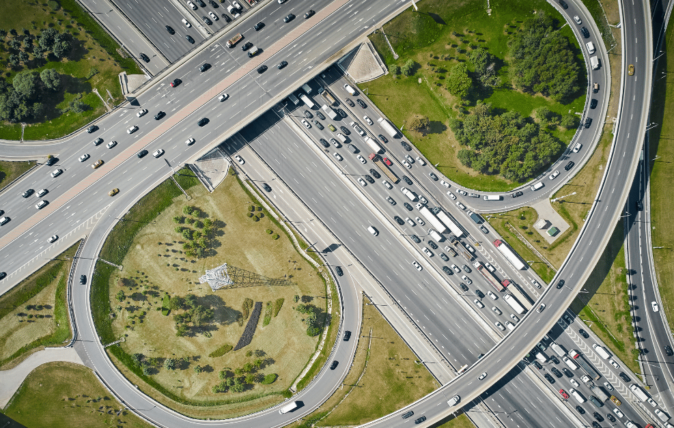A Call for Change in Physical Security

Fred Burton’s article was originally featured in Dark Reading.
We’re at an inflection point. The threats we face are dynamic, emerging, and global. Are you ready?
Despite dedicating the majority of my life to protective intelligence in the private and public sectors, I still find it hard to believe when I see companies that have thousands of employees and dozens of offices and facilities — but a scant few physical security professionals using legacy tools and processes to try to keep the business harm-free. It’s almost an exercise in futility.
In the 1980s and ’90s, when I was a special agent in the counterterrorism and protective intelligence division in the Diplomatic Security Service at the Department of State, we did the best we could to organize and analyze intelligence by scouring through hundreds of cables, paper documents, and files. Decades later, physical security and safety professionals are gathering time-sensitive and sometimes life-saving insights, but still using paper records and manual processes, unnecessarily limiting their ability to more efficiently detect, link, and mitigate threats.
Sure, change isn’t easy. When things have been working “just fine” and management thinks it’s “good enough,” getting an organization to try new processes and tools is a challenge. Adopting new ways to address physical threats may, to some, feel threatening and costly. But for far too long, although it’s not intentional, corporate physical security teams have been reactive, and only after something bad occurs are they given the resources and investment they truly need. For holistic physical security programs, change must focus on augmenting and enhancing existing operations with new technology platforms that can efficiently scale the identification, investigation, assessment, monitoring, and management of physical security threats.
To read the full article, visit Dark Reading.




